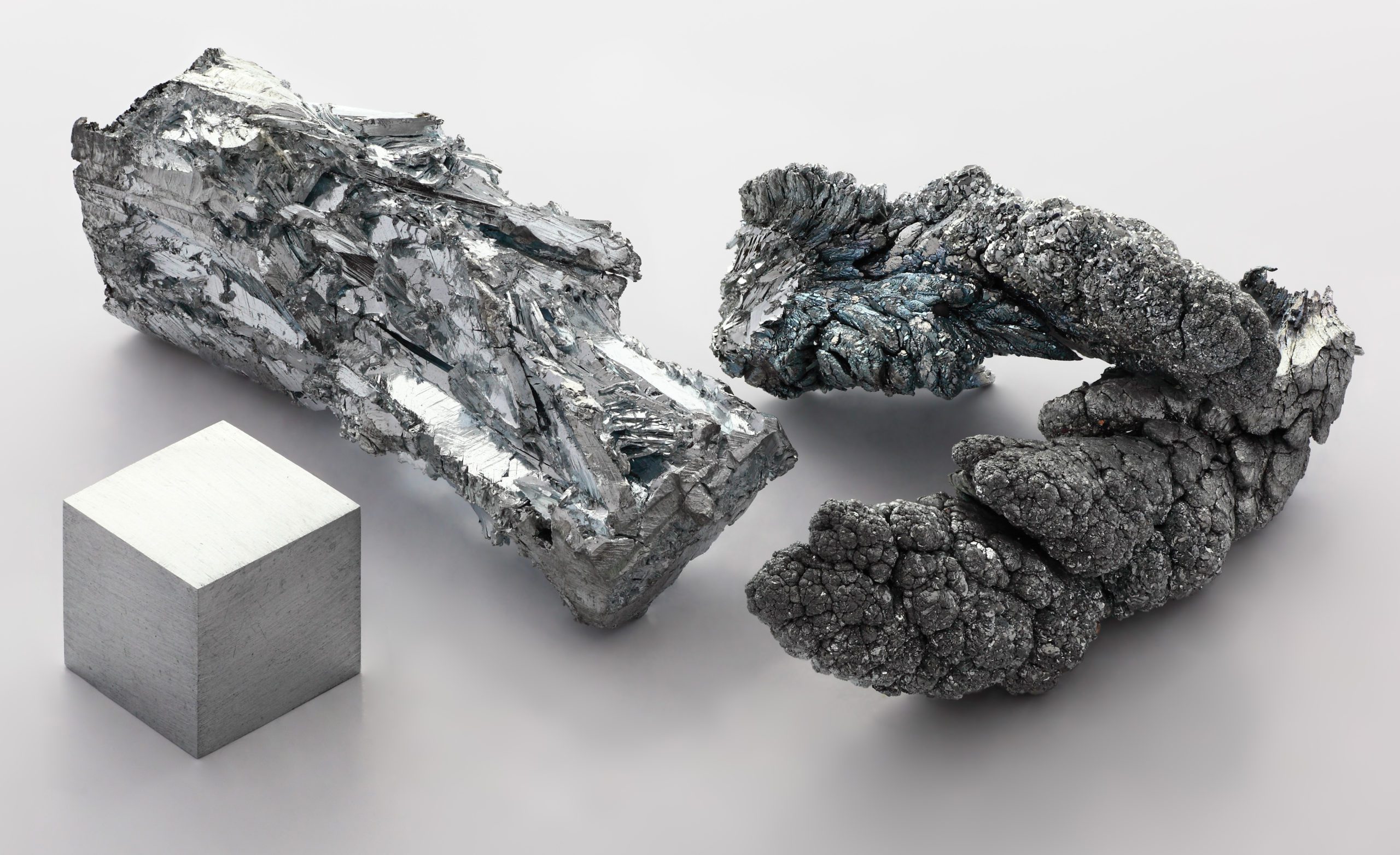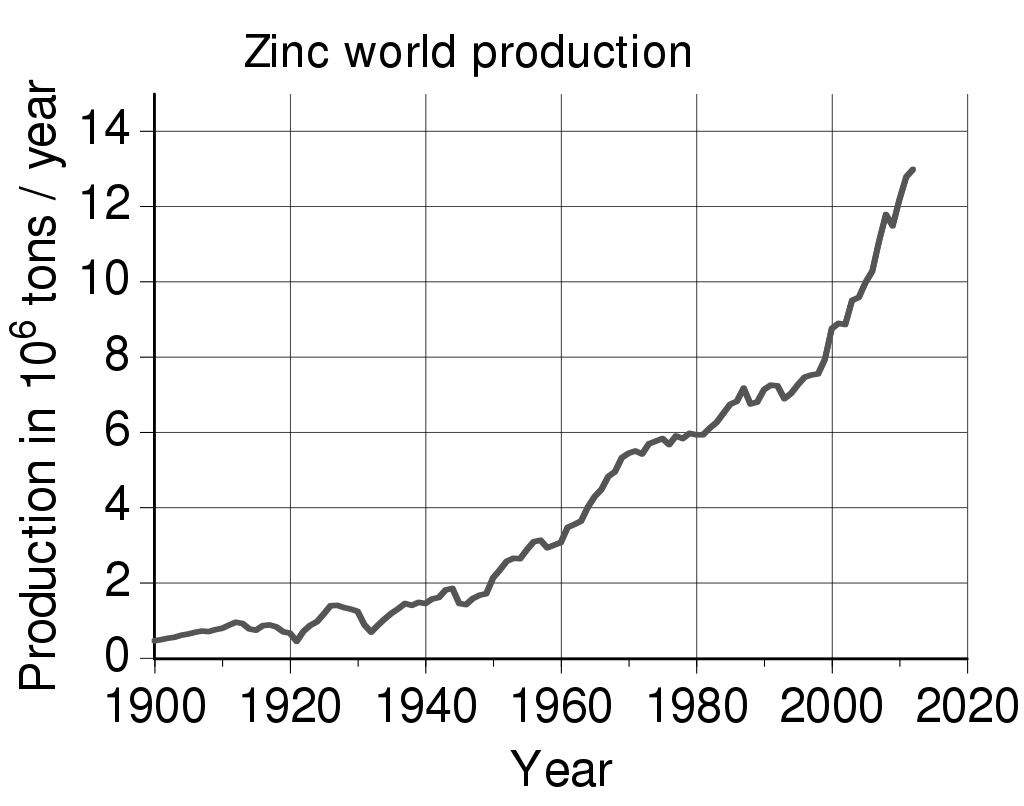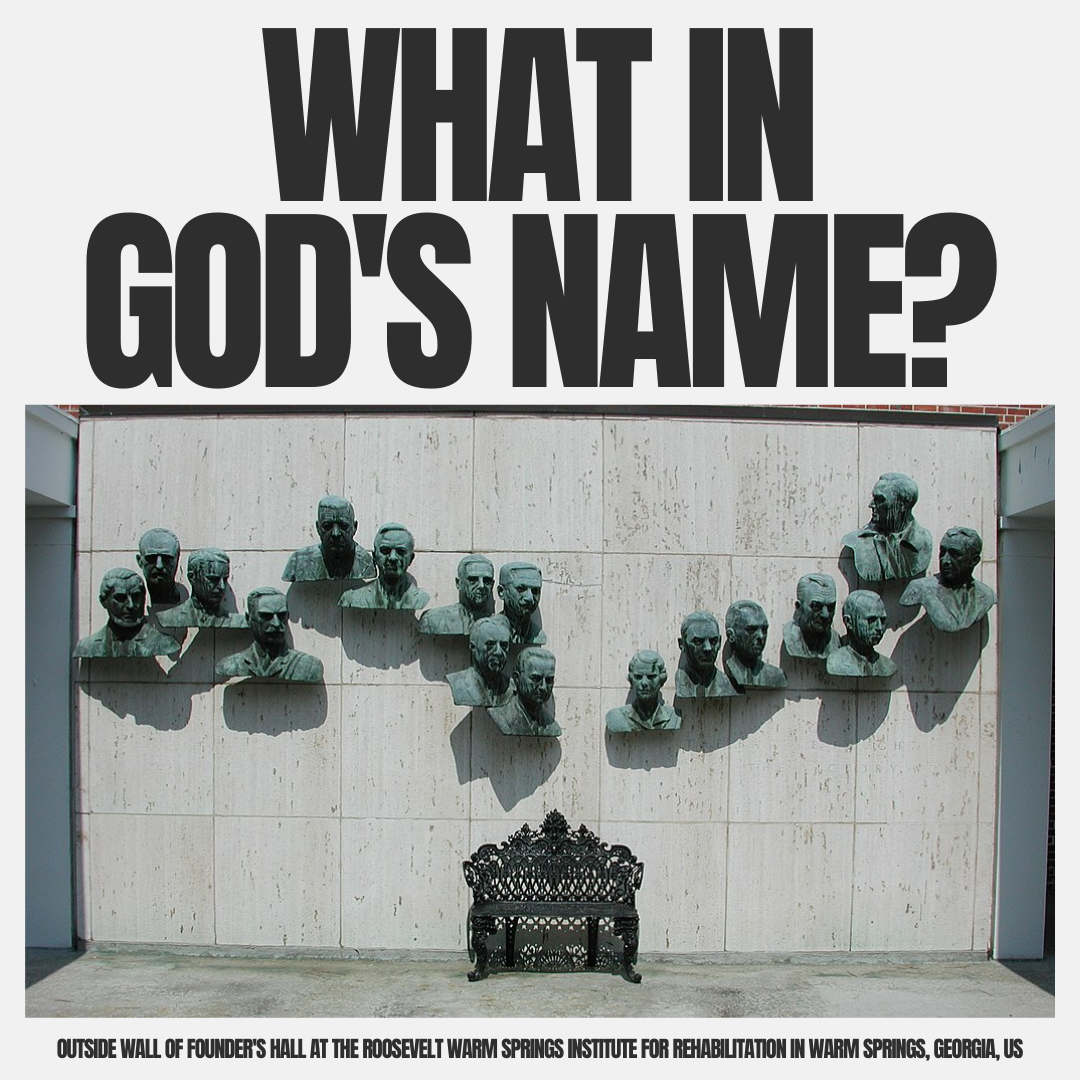Tag: Monkey Business
-
Oxytocin: The Molecular Maestro of Love and Labor
Buckle up, hormone enthusiasts! We’re about to take a wild ride into the world of oxytocin, the “love hormone” that’s been playing Cupid in our bodies since the dawn of mammalian evolution. This tiny peptide packs a punch that would make even Hercules jealous! Picture this: a molecule barely 1007 Da in size, strutting around…
-

Halteres are a pair of small club-shaped organs on the body of two orders of flying insects that provide information about body rotations during flight
Halteres (singular halter or haltere) (from Ancient Greek: ἁλτῆρες, hand-held weights to give an impetus in leaping) are a pair of small club-shaped organs on the body of two orders of flying insects that provide information about body rotations during flight. Insects of the large order Diptera (flies) have halteres which evolved from a pair of ancestral hindwings, while males of the much smaller order Strepsiptera (stylops) have halteres which evolved from…
-

Pelger–Huët anomaly, congenital and acquired, also pince-nez, laminopathy and a little ebola
Pelger–Huët anomaly is a blood laminopathy associated with the lamin B receptor, wherein several types of white blood cells (neutrophils and eosinophils) have nuclei with unusual shape (being bilobed, peanut or dumbbell-shaped instead of the normal trilobed shape) and unusual structure (coarse and lumpy). It is a genetic disorder with an autosomal dominant inheritance pattern. Heterozygotes are clinically normal, although their neutrophils may be mistaken for immature cells which may cause…
-
Retinoblastoma protein, dysfunctional in several cancers, belongs to the pocket protein family and is a recruiter of chromatin remodeling enzymes
The retinoblastoma protein (protein name abbreviated Rb; gene name abbreviated Rb, RB or RB1) is a tumor suppressor protein that is dysfunctional in several major cancers. One function of pRb is to prevent excessive cell growth by inhibiting cell cycle progression until a cell is ready to divide. When the cell is ready to divide, pRb is phosphorylated, inactivating it, and the cell cycle is allowed to progress. It is also a…
-
Complement control protein are proteins that interact with components of the complement system
The complement system is tightly regulated by a network of proteins known as “regulators of complement activation (RCA)” that help distinguish target cells as “self” or “non-self.” A subset of this family of proteins, complement control proteins (CCP), are characterized by domains of conserved repeats that direct interaction with components of the complement system. These “Sushi” domains have…
-
Complement receptor type 2 (CR2)
Complement receptor type 2 (CR2), also known as complement C3d receptor, Epstein-Barr virus receptor, and CD21 (cluster of differentiation 21), is a protein that in humans is encoded by the CR2 gene. CR2 is involved in the complement system. It binds to iC3b (inactive derivative of C3b), C3dg, or C3d. B cells express CR2 receptors on their surfaces, allowing the complement system to play a role in B-cell activation…
-
Complement receptor type 1 (CR1)
Complement receptor type 1 (CR1) also known as C3b/C4b receptor or CD35 (cluster of differentiation 35) is a protein that in humans is encoded by the CR1 gene. This gene is a member of the regulators of complement activation (RCA) family and is located in the ‘cluster RCA’ region of chromosome 1. The gene encodes a monomeric single-pass type I membrane glycoprotein found on erythrocytes, leukocytes, glomerular podocytes, hyalocytes, and splenic follicular dendritic…
-
Von Willebrand factor (VWF) is a large multimeric glycoprotein present in blood plasma and produced constitutively as ultra-large VWF in endothelium (in the Weibel–Palade bodies), megakaryocytes (α-granules of platelets), and subendothelial connective tissue
Von Willebrand factor (VWF) is a blood glycoprotein that promotes hemostasis, specifically, platelet adhesion. It is deficient and/or defective in von Willebrand disease and is involved in many other diseases, including thrombotic thrombocytopenic purpura, Heyde’s syndrome, and possibly hemolytic–uremic syndrome. Increased plasma levels in many cardiovascular, neoplastic, metabolic (e.g. diabetes), and connective tissue diseases are presumed to arise from adverse changes to the endothelium, and may predict an increased…
-
The NACHT domain consists of seven distinct conserved motifs, including the ATP/GTPase specific P-loop, the Mg2+-binding site (Walker A and B motifs, respectively) and five more specific motifs
The NACHT domain is an evolutionarily conserved protein domain. This NTPase domain is found in apoptosis proteins as well as those involved in MHC transcription. Its name reflects some of the proteins that contain it: NAIP (NLP family apoptosis inhibitor protein), CIITA (that is, C2TA or MHC class II transcription activator), HET-E (incompatibility locus protein from Podospora anserina) and TEP1 (that is, TP1 or telomerase-associated protein). The NACHT domain contains 300 to 400 amino acids. It is…
-
TRALI or ARDS: A Medical Game of “Who’s Who?”
Welcome to the thrilling world of post-transfusion respiratory distress, where distinguishing TRALI from ARDS is like trying to tell apart identical twins wearing the same outfit. Strap in, folks – it’s time for a wild ride through the land of bilateral infiltrates and hypoxemia! First things first: TRALI, or Transfusion-Related Acute Lung Injury, is the…
-
Osteopontin (OPN)
Osteopontin (OPN), also known as bone /sialoprotein I (BSP-1 or BNSP), early T-lymphocyte activation (ETA-1), secreted phosphoprotein 1 (SPP1), 2ar and Rickettsia resistance (Ric), is a protein that in humans is encoded by the SPP1 gene (secreted phosphoprotein 1). The murine ortholog is Spp1. Osteopontin is a SIBLING (glycoprotein) that was first identified in 1986 in osteoblasts. The family of non-collagenous proteins known as SIBLING proteins, standing for small integrin-binding ligand, N-linked glycoprotein, are components of the extracellular matrix of bone and dentin. Evidence shows that these proteins play key…
-

Zinc, maybe
No proof for the need of zinc in human cells was shown until the late 1930s. More than most ever wanted to know about zinc. A work in progress.
-

The trefoil knot fold is a protein fold in which the protein backbone is twisted into a trefoil knot shape
“Shallow” knots in which the tail of the polypeptide chain only passes through a loop by a few residues are uncommon, but “deep” knots in which many residues are passed through the loop are extremely rare. Deep trefoil knots have been found in the SPOUT superfamily. including methyltransferase proteins involved in posttranscriptional RNA modification in all three domains of life, including bacterium Thermus thermophilus and…
-

I figure if something is that ugly on purpose, it involves some kind of drug-fueled secret code. Maybe it’s a song?
This is from the Polio Wall of Fame aka the Polio Hall of Fame and the pattern is disturbing. It is found on the outside wall of what is called Founder’s Hall of the Roosevelt Warm Springs Institute for Rehabilitation in Warm Springs, Georgia, US. Designed by Edmond Romulus Amateis, the sculpted busts were cast…
-

Ferrochelatase catalyses the eighth and terminal step in the biosynthesis of heme, converting protoporphyrin IX into heme B
Protoporphyrin ferrochelatase (EC 4.98.1.1, formerly EC 4.99.1.1, or ferrochelatase; systematic name protoheme ferro-lyase (protoporphyrin-forming)) is an enzyme encoded by the FECH gene in humans. Ferrochelatase catalyses the eighth and terminal step in the biosynthesis of heme, converting protoporphyrin IX into heme B. It catalyses the reaction: protoheme + 2 H+ = protoporphyrin + Fe2+ Function Ferrochelatase catalyzes the insertion of ferrous iron into protoporphyrin IX in the heme biosynthesis…
-

Erich Traub (1906 – 1985) German veterinarian, scientist and virologist who specialized in foot-and-mouth disease, Rinderpest and Newcastle disease
Erich Traub worked directly for Heinrich Himmler, head of the Schutzstaffel (SS), as the lab chief of the Nazis’ leading bio-weapons facility on Riems Island. Note: Riems is home to the oldest virological research institution in the world, now called the Friedrich Loeffler Institute, which was built by Friedrich Loeffler in 1910. Loeffler, a professor at the University of Greifswald, ran filtration tests in 1898 and found…
NOTES
- 🧬 Disease Table with Low Sodium Connection
- 🧂 Sodium Reduction and Sodium Replacement: A History of Reformulation and Exploding Diseases, Including Many Diseases Unheard of Before Deadly Sodium Policies
- 🧂 The DEADLY 1500 mg Sodium Recommendation predates the WHO’s formal global sodium reduction push by nearly a decade (and it’s even worse than that)
- 🧬 What Is Beta-Glucuronidase?
- When Sugar Was Salt: Crystalline Confusion and the Covenant of Sweetness
Tags
ADAM ASPARTAME Birds Blood Bones Brain Bugs Cancer Columba Cows crystallography Death Death cults Eggs Etymology Gastrin Gold Growth hormone History Hormones Insulin Liver Mere Perplexity Metal Monkey Business Mythology Paracetamol Plants Poison Pregnancy Protein Religion Reproduction Rocks Salt Slavery Snakes Sodium the birds and the bees Thiocyanate Tobacco Tylenol Underworld Venom zinc

